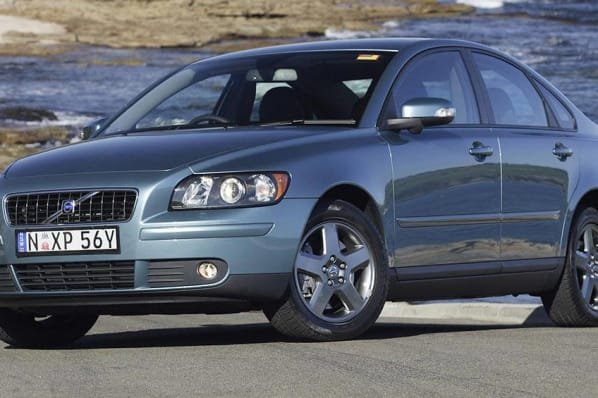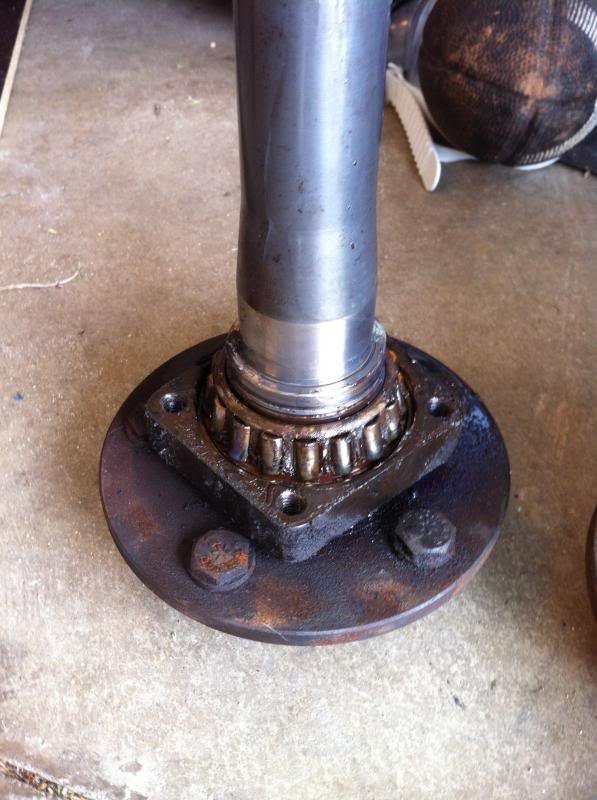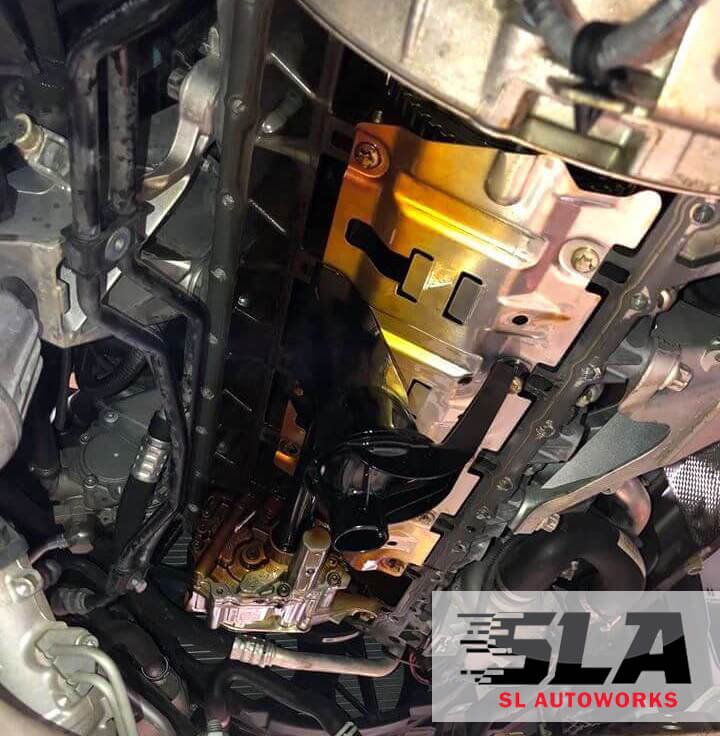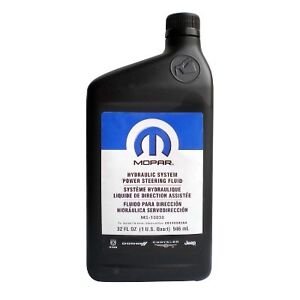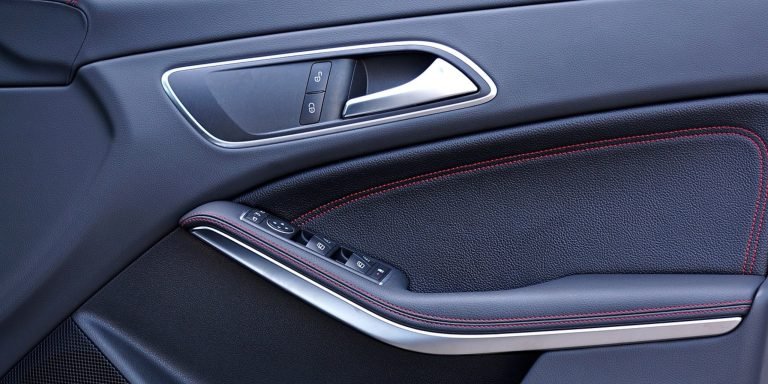Common Problems With Volvo S40: Troubleshooting Tips That Work
Common problems with volvo s40 include issues with the transmission, electrical system, and engine.

Credit: haynes.com
Engine Issues
Engine Misfire: What Causes It And How To Fix It
Is your volvo s40 experiencing engine misfires? This frustrating issue can have a variety of causes, but fear not, there are solutions available. Let’s explore the causes of engine misfires and the steps you can take to fix them.
- Ignition problems: Faulty spark plugs, ignition coils, or distributor caps can disrupt the combustion process, leading to engine misfires. To fix this issue, replace any damaged components and ensure they are properly connected.
- Fuel delivery issues: Clogged fuel injectors or a malfunctioning fuel pump can result in inadequate fuel reaching the combustion chamber. Cleaning or replacing the injectors and inspecting the fuel pump can help resolve this problem.
- Airflow problems: Restricted airflow due to a clogged air filter, intake manifold leak, or faulty sensor can cause engine misfires. Check the air filter and intake manifold for any blockages or leaks, and replace or repair as necessary.
- Vacuum leaks: Leaking vacuum hoses or a faulty intake manifold gasket can disrupt the air-fuel mixture, leading to engine misfires. Inspect and replace any damaged hoses or gaskets to alleviate this issue.
Common Engine Noises And How To Diagnose Them
Unusual engine noises can be a cause for concern, but identifying the source can help you address the problem quickly. Let’s explore some common engine noises found in volvo s40 vehicles and how to diagnose them.
- Knocking noise: A knocking noise could indicate issues with the engine’s connecting rods or bearings. If you hear a knocking sound, it’s crucial to have a mechanic inspect and repair the engine components causing the noise.
- Hissing noise: A hissing noise may suggest a vacuum leak, possibly caused by a damaged or disconnected hose. Inspect the vacuum hoses, intake manifold, and other related components for any signs of damage or disconnection.
- Clicking noise: A repetitive clicking sound could be due to a worn-out valve lifter or inadequate engine oil. Ensure that the engine has sufficient oil and consider replacing any faulty lifters if required.
- Whining noise: A whining noise may indicate a problem with the engine’s belts or pulleys. Inspect the belts for signs of wear or damage, and check the tension on the pulleys. Replace any worn-out components to eliminate the noise.
Overheating Problems: Troubleshooting And Prevention Tips
Dealing with an overheating engine can be both frustrating and potentially damaging to your volvo s40. Here are some troubleshooting and prevention tips to help you address this problem effectively.
- Coolant levels: Check the coolant levels regularly and ensure they are within the recommended range. If the coolant is low, top it up using the appropriate mixture of antifreeze and water.
- Radiator issues: Inspect the radiator for any signs of obstruction, such as debris or bugs. Clean or flush the radiator if necessary, ensuring proper airflow and heat dissipation.
- Thermostat malfunction: A faulty thermostat can cause overheating. Consider replacing the thermostat if you notice consistent temperature irregularities.
- Water pump problems: A malfunctioning water pump can disrupt coolant circulation, leading to overheating. Inspect the water pump for leaks or signs of deterioration, and replace it if necessary.
- Cooling system maintenance: Regularly maintain the cooling system by flushing the coolant, inspecting hoses for leaks, and ensuring proper functioning of the radiator fans.
Remember, if you are experiencing persistent engine issues or are unsure about performing any repairs yourself, it is always best to consult with a qualified mechanic or volvo specialist.
Electrical Problems
Common Electrical Failures In Volvo S40 And How To Fix Them
The volvo s40 is a popular choice among car enthusiasts, known for its sleek design and reliable performance. However, like any vehicle, it may encounter some electrical issues over time. In this section, we will discuss the common electrical problems that volvo s40 owners might face and provide some tips on how to fix them.
Understanding And Resolving Battery Draining Issues
One of the most frustrating electrical problems experienced by volvo s40 owners is a battery that drains quickly. This issue can leave you stranded and unable to start your vehicle. Here are some possible causes for battery draining issues and how to resolve them:
- Faulty alternator: A faulty alternator may fail to charge the battery while the car is running. To fix this issue, you should have the alternator checked and replaced if necessary.
- Parasitic drain: Parasitic drain occurs when a component or system continues to draw power from the battery even when the car is turned off. Some common culprits include lights, radios, and faulty wiring. To troubleshoot this problem, you can perform a parasitic drain test or seek the assistance of a professional mechanic.
- Old battery: Over time, batteries wear out and lose their ability to hold a charge efficiently. If your battery is more than a few years old, it may be time for a replacement.
Troubleshooting Faulty Power Windows And Door Locks
Another common electrical issue seen in the volvo s40 is malfunctioning power windows and door locks. If you’re experiencing problems with these components, here are some steps you can take to troubleshoot and resolve the issue:
- Check the fuses: Start by inspecting the fuses related to the power windows and door locks. A blown fuse can cause these components to malfunction. Replace any blown fuses as necessary.
- Window regulator or motor issues: Broken window regulators or faulty motor can cause power windows to stop working. If you hear a clicking sound when you press the window switch, it might indicate a problem with the motor.
- Door lock actuator: Faulty door lock actuators can prevent the locks from engaging or disengaging properly. If you experience difficulty locking or unlocking your doors remotely or manually, it’s likely a faulty door lock actuator.
Remember, if you’re not comfortable troubleshooting or resolving these electrical issues on your own, it is always advisable to seek the help of a professional mechanic or qualified technician. They have the expertise and tools to accurately diagnose the problem and provide the necessary repairs.
With these insights into common electrical problems with the volvo s40, you’ll be better prepared to troubleshoot and potentially fix them yourself. Keeping your vehicle’s electrical system in good working condition ensures a smooth and hassle-free driving experience.
Transmission Problems
Identifying Common Transmission Issues In Volvo S40
Volvo s40 is a reliable and popular car model, but like any vehicle, it can experience its fair share of problems. One area that often poses issues is the transmission system. Identifying these problems early on can help prevent further damage and costly repairs.
Here are some common transmission issues to watch out for in your volvo s40:
- Slipping gears: If you notice your gears slipping or the engine revving without a corresponding increase in speed, it could indicate a problem with the transmission. This may be caused by worn-out clutch plates, low transmission fluid levels, or electronic control module (ecm) malfunctions.
- Transmission fluid leaks: A leaking transmission can lead to a drastic drop in fluid levels, which is detrimental to the proper functioning of the transmission system. Be on the lookout for red or brown fluid stains underneath your car. Leaks can occur due to faulty gaskets, worn-out seals, or damaged transmission lines.
- Delayed shifting: When shifting gears, if you experience a delay or hesitation, it may be due to a transmission problem. Delayed shifting can stem from worn-out gears, a faulty shift solenoid, or issues with the transmission control module (tcm).
- Gear sticking or difficulty shifting: Difficulty shifting gears, such as the shifter sticking in one gear or feeling resistant to movement, can be a sign of transmission trouble. This can be caused by clutch issues, a malfunctioning synchronizer, or worn-out gear linkage.
Addressing Gear Shifting Problems: Tips And Tricks
Experiencing gear shifting problems in your volvo s40 can be frustrating, but there are some things you can do to alleviate the issue before taking it to a professional mechanic. Here are some tips and tricks to address common gear shifting problems:
- Check transmission fluid levels: Low transmission fluid can cause gear shifting issues. Make sure to check the fluid levels and add more if necessary. Refer to your owner’s manual for the correct type and procedure.
- Inspect and clean gear linkage: Over time, dirt and debris can accumulate in the gear linkage, affecting its smooth operation. Inspect and clean the linkage regularly to ensure it moves freely.
- Double-clutching technique: When shifting gears, try using the double-clutching technique. This involves engaging the clutch, shifting into neutral, releasing the clutch, engaging the clutch again, and then shifting into the desired gear. This method can help overcome synchronization problems.
- Avoid abrupt shifting: Shifting gears too quickly or abruptly can put additional strain on your transmission system. Aim for smooth and gradual movements between gears to minimize wear and tear.
Flushing The Transmission Fluid: Step-By-Step Guide
Flushing the transmission fluid in your volvo s40 is an essential maintenance task that helps prolong the lifespan and performance of your transmission. Here is a step-by-step guide on how to flush the transmission fluid:
- Gather the necessary tools: You will need a drain pan, a socket wrench or screwdriver, a new transmission filter, and the recommended transmission fluid for your specific model.
- Locate the transmission fluid pan: Typically, the pan is located underneath your vehicle. Consult your owner’s manual for the exact location.
- Drain the fluid: Place the drain pan beneath the transmission pan and carefully loosen the bolts to drain the old fluid. Be cautious as it may still be hot.
- Remove the transmission pan: Once all the fluid has drained, remove the pan completely. This may require loosening additional bolts.
- Replace the transmission filter: With the pan off, replace the old transmission filter with a new one. Ensure a proper fit and tightly secure it.
- Clean the pan: Thoroughly clean the transmission pan, removing any debris or sludge that may have accumulated.
- Reattach the pan: Put the cleaned pan back in place and secure it with the bolts, tightening them appropriately.
- Refill with new transmission fluid: Using a funnel, pour the recommended amount of fresh transmission fluid into the fill tube.
- Start the engine: With the fluid topped up, start the engine and let it run for a few minutes. Shift through all gears to allow the new fluid to circulate.
- Check fluid levels: After running the engine, check the transmission fluid levels once again to ensure they are within the recommended range. Adjust if necessary.
By following these steps, you can effectively flush the transmission fluid in your volvo s40, promoting smooth gear shifting and overall transmission health. Remember to consult your owner’s manual for specific instructions and precautions.
Frequently Asked Questions Of Common Problems With Volvo S40
Q: How Much Does It Cost To Repair The Volvo S40 Engine?
A: repairing the volvo s40 engine can cost anywhere from $1,000 to $5,000, depending on the extent of the damage and the type of repairs needed.
Q: What Are The Most Common Electrical Issues With The Volvo S40?
A: the most common electrical issues with the volvo s40 include problems with the battery, alternator, starter motor, and wiring.
Q: How Often Should I Change The Oil In My Volvo S40?
A: it is recommended to change the oil in your volvo s40 every 5,000 to 7,500 miles or every 6 months, whichever comes first.
Conclusion
The volvo s40 may be a reliable car, but it is not without its fair share of common problems. From engine issues to electrical malfunctions and suspension problems, volvo owners have experienced various challenges while owning this vehicle. One of the most commonly reported problems is the transmission failure, which can be an expensive repair for owners.
Another issue that needs attention is the electronic system failures, including problems with the fuel gauge and instrument panel. Moreover, some owners have also reported leaks in the cooling system, which can lead to overheating and potential engine damage. While the volvo s40 may offer a stylish design and comfortable ride, it is important to be aware of these common problems and take them into consideration when deciding whether to purchase this model.
Regular maintenance and prompt repairs can help mitigate these issues and ensure a smoother ownership experience.

